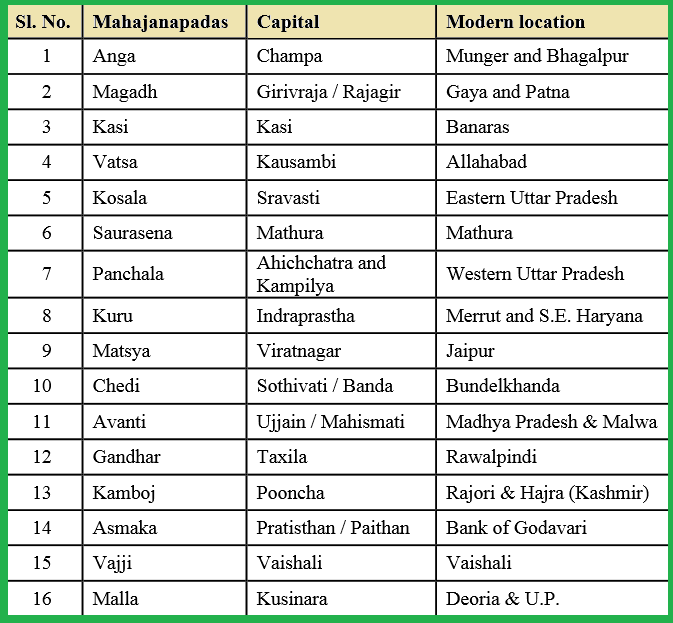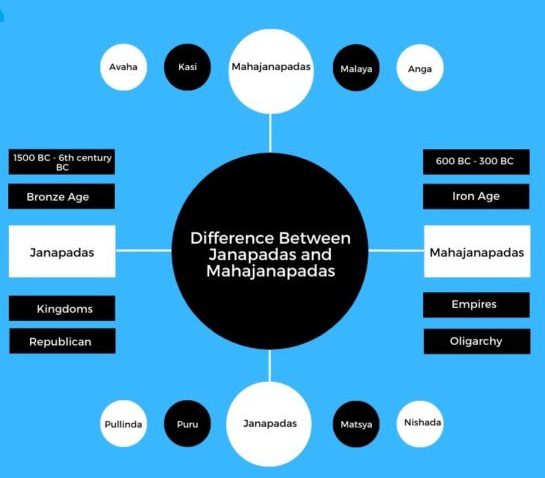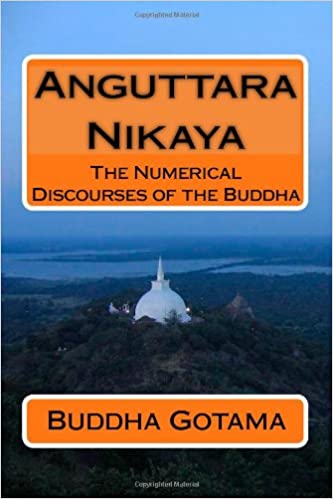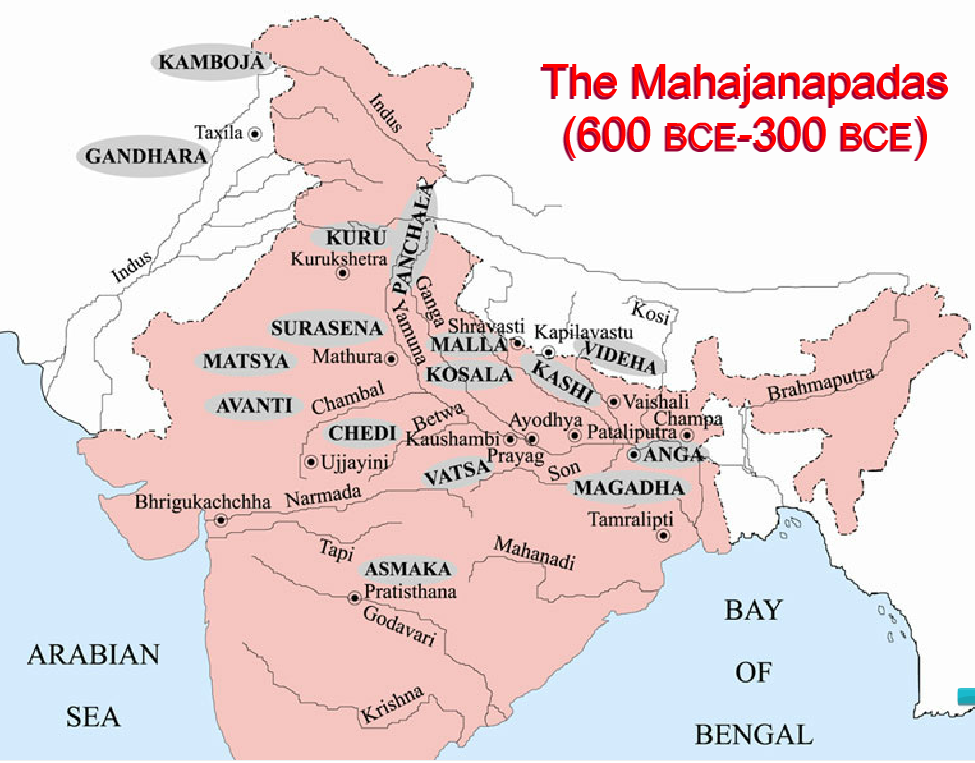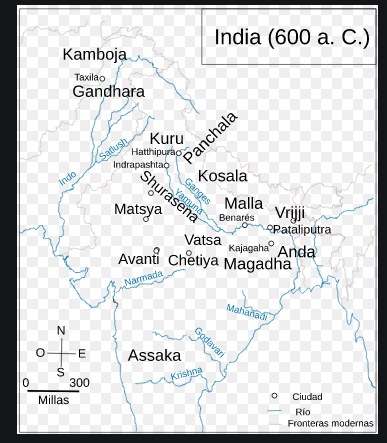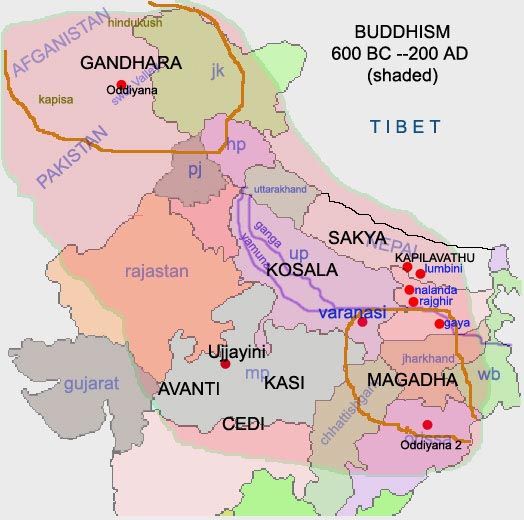Nov 23rd Static Quiz on Ancient History (Mahajanapadas)
Quiz-summary
0 of 5 questions completed
Questions:
- 1
- 2
- 3
- 4
- 5
Information
Nov 23rd Static Quiz on Ancient History (Mahajanapadas)
You have already completed the quiz before. Hence you can not start it again.
Quiz is loading...
You must sign in or sign up to start the quiz.
You have to finish following quiz, to start this quiz:
Results
0 of 5 questions answered correctly
Your time:
Time has elapsed
You have reached 0 of 0 points, (0)
Categories
- Not categorized 0%
- 1
- 2
- 3
- 4
- 5
- Answered
- Review
- Question 1 of 5
1. Question
What does the term Mahajanapadas symbolizes?
CorrectAns;- a) Amalgamation of a large number of rural and urban settlements
Explanation:-
• The Mahajanapadas represents the state system that emerged in the 6th century BC.
• It symbolizes the amalgamation of a large number of rural and urban settlements. Hence, A is the correct option.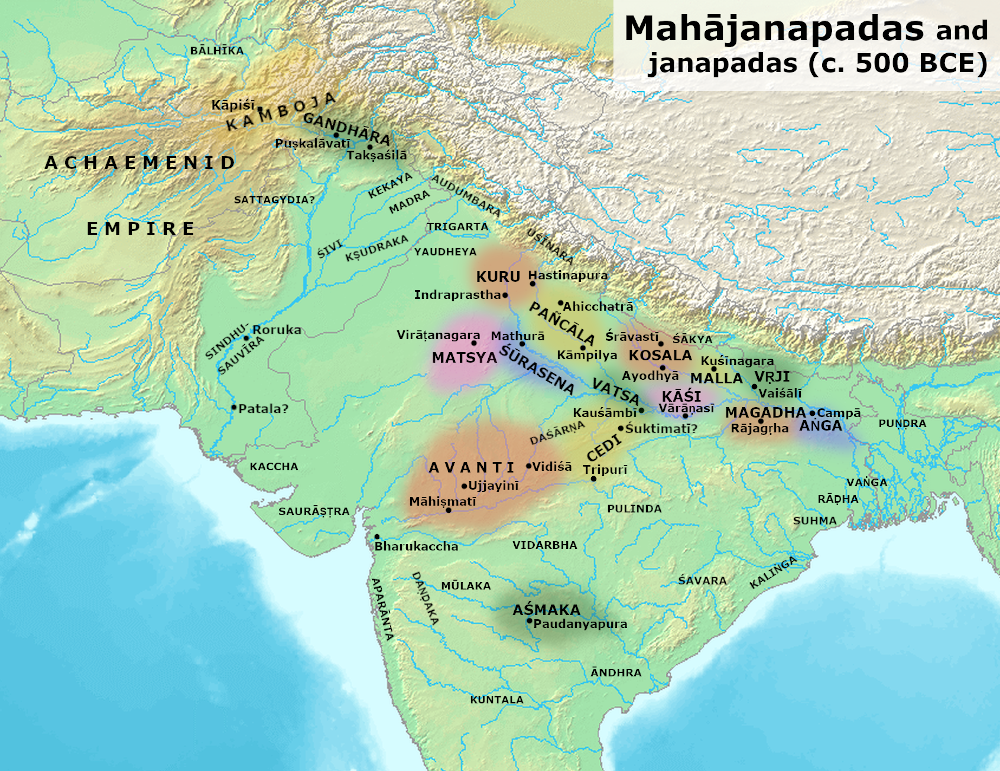

Above image of all 16 Mahajanapadas during 6th Century BC and table also regarding their capital and present day cities and locations.

Above image of difference between Jana Padas and Mahajanapadas.IncorrectAns;- a) Amalgamation of a large number of rural and urban settlements
Explanation:-
• The Mahajanapadas represents the state system that emerged in the 6th century BC.
• It symbolizes the amalgamation of a large number of rural and urban settlements. Hence, A is the correct option.

Above image of all 16 Mahajanapadas during 6th Century BC and table also regarding their capital and present day cities and locations.

Above image of difference between Jana Padas and Mahajanapadas. - Question 2 of 5
2. Question
Which of the following Buddhist text provides the names of 16 Mahajanapadas?
CorrectAns;- c) Anguttara Nikaya
Explanation:-
• The Buddhist text Anguttara Nikaya, provides the names of 16 Mahajanapadas at the time of Buddha. Hence, C is the correct option. Incorrect
IncorrectAns;- c) Anguttara Nikaya
Explanation:-
• The Buddhist text Anguttara Nikaya, provides the names of 16 Mahajanapadas at the time of Buddha. Hence, C is the correct option.
- Question 3 of 5
3. Question
Which of the following Mahajanapadas was not republican state?
CorrectAns;- a) Magadha
Explanation:-
• There were two types of states in Mahajanapadas i.e. Monarchical and Republican. Malla, Vajji, Kamboja and Kuru were Republican states. Hence, A is the correct option.
Above image see the Magadha location.
IncorrectAns;- a) Magadha
Explanation:-
• There were two types of states in Mahajanapadas i.e. Monarchical and Republican. Malla, Vajji, Kamboja and Kuru were Republican states. Hence, A is the correct option.
Above image see the Magadha location.
- Question 4 of 5
4. Question
Which of the following Mahajanapadas situated on the north of the river Ganga in Bihar?
CorrectAns:- b) Vajji
Explanation:-
• The Vajji Mahajanapadas was situated on the north of the river Ganga in Bihar. Hence, B is the correct option.
Above image attached shows the Vajji Mahajanapadas on Ganges bank situated.
IncorrectAns:- b) Vajji
Explanation:-
• The Vajji Mahajanapadas was situated on the north of the river Ganga in Bihar. Hence, B is the correct option.
Above image attached shows the Vajji Mahajanapadas on Ganges bank situated.
- Question 5 of 5
5. Question
Which of the following Mahajanapadas emerged as the most powerful kingdom?
CorrectAns:- a) Magadha
Explanation:-
• The Magadha, Vatsa, Avanti and Kosala were the most prominent ones. Out of these four, Magadha emerged as the most powerful kingdom.
• The causes of Magadha’s success were as following:
1. Availability of rich iron deposits which were used in making weapons
2. Its location at the rich and fertile Gangetic plain
3. Use of elephants in military warfare against its neighbors
Hence, A is the correct option.
Above attached image see the Magadha Location.
THE END.
IncorrectAns:- a) Magadha
Explanation:-
• The Magadha, Vatsa, Avanti and Kosala were the most prominent ones. Out of these four, Magadha emerged as the most powerful kingdom.
• The causes of Magadha’s success were as following:
1. Availability of rich iron deposits which were used in making weapons
2. Its location at the rich and fertile Gangetic plain
3. Use of elephants in military warfare against its neighbors
Hence, A is the correct option.
Above attached image see the Magadha Location.
THE END.

